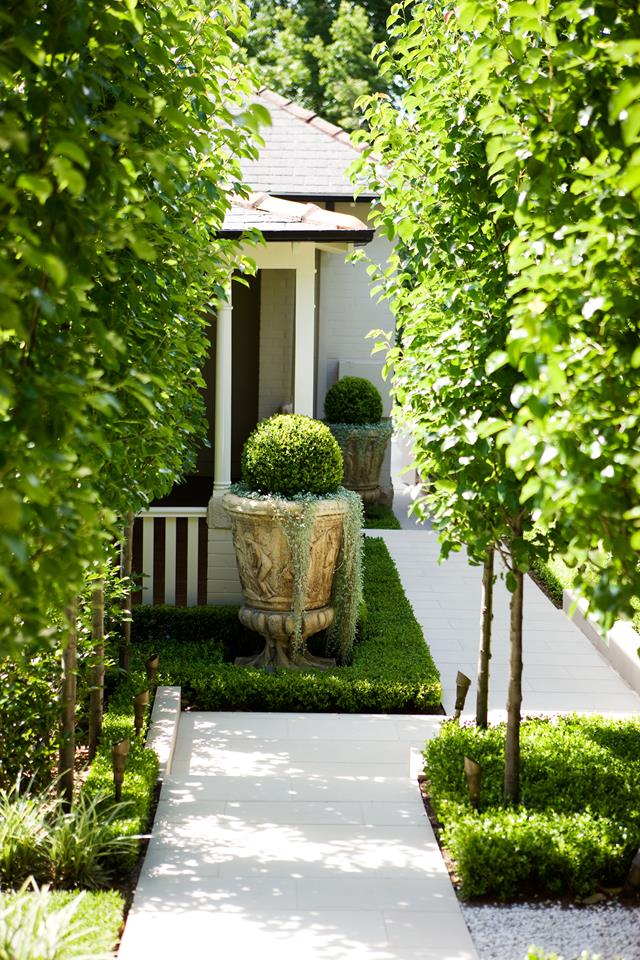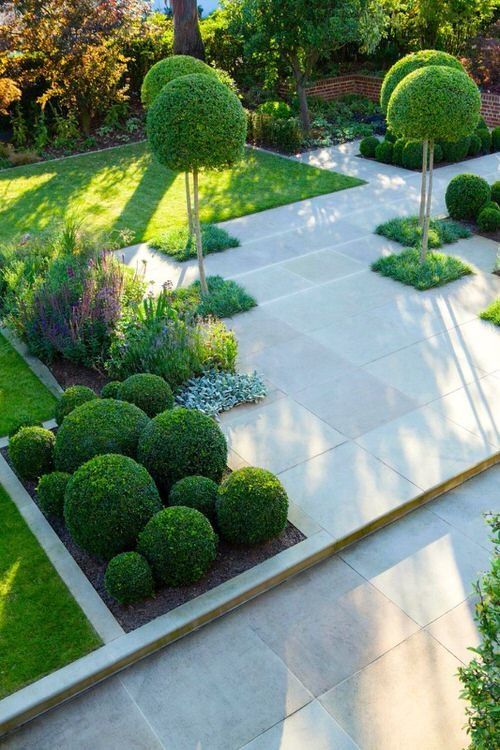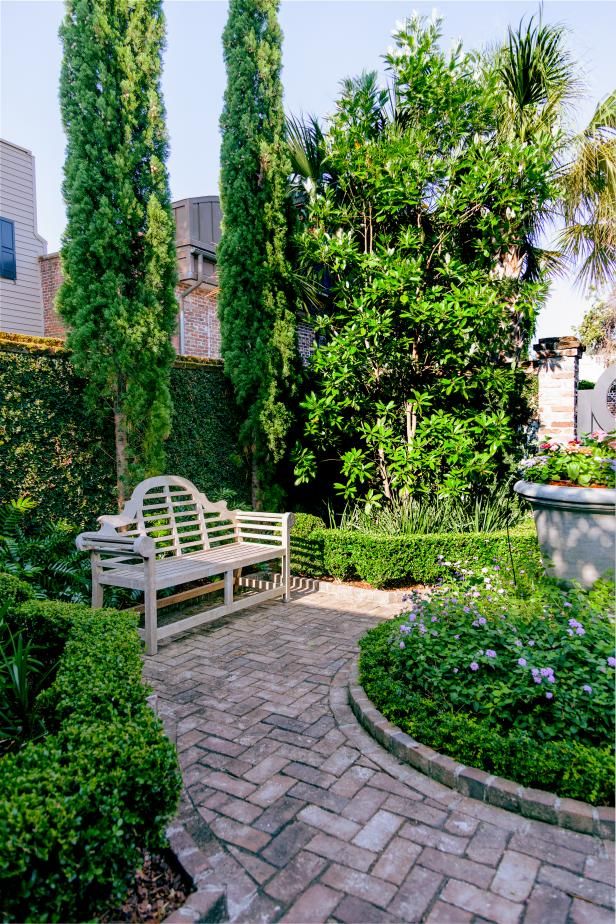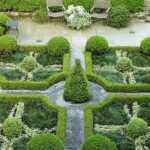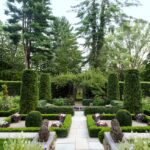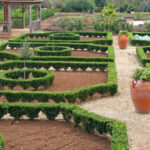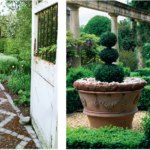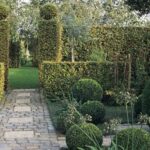Formal garden design is a popular landscaping choice that emphasizes symmetry, structure, and order. This style of garden design originated in Europe during the 17th and 18th centuries and often features geometric shapes, straight lines, and symmetrical patterns. Formal gardens are meticulously planned and maintained, creating a sense of elegance and sophistication.
One defining characteristic of formal garden design is the use of geometric shapes and patterns. This can be seen in the layout of pathways, hedges, flower beds, and other elements within the garden. Symmetry is a key component of formal garden design, with balanced plantings and structures creating a sense of harmony and order.
Another important aspect of formal garden design is the use of structure. This can include elements such as high-quality materials, well-defined borders, and carefully manicured plants. Formal gardens often feature clipped hedges, neatly edged flower beds, and precisely pruned trees, all contributing to the overall sense of refinement and sophistication.
Formal garden design also often incorporates focal points, such as statues, fountains, or ornamental structures. These elements serve to draw the eye and create visual interest within the garden. They can also help to establish a central axis or focal point around which the rest of the garden is organized.
When it comes to plant selection, formal gardens tend to favor a limited color palette and carefully chosen plant varieties. Traditional plants such as boxwood, roses, and yew are commonly used in formal garden design, along with annuals and perennials that are chosen for their ability to create a sense of order and balance.
Overall, formal garden design is a timeless and elegant style that can create a sense of luxury and sophistication in any outdoor space. Whether you are looking to create a small courtyard garden or a sprawling estate garden, formal garden design offers a classic and refined aesthetic that is sure to impress.
 yishifashion Where Outdoor Dreams Become Reality
yishifashion Where Outdoor Dreams Become Reality
